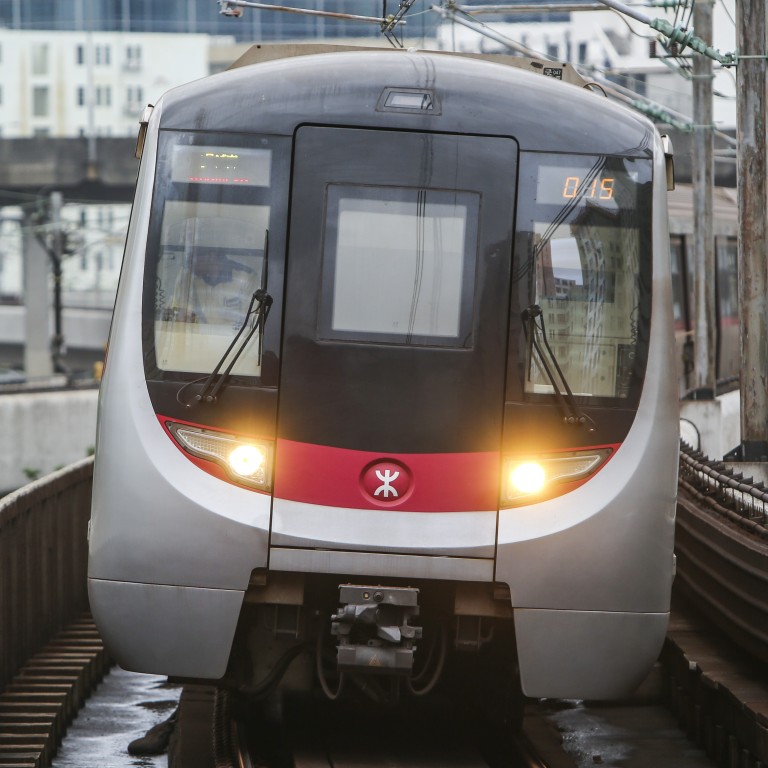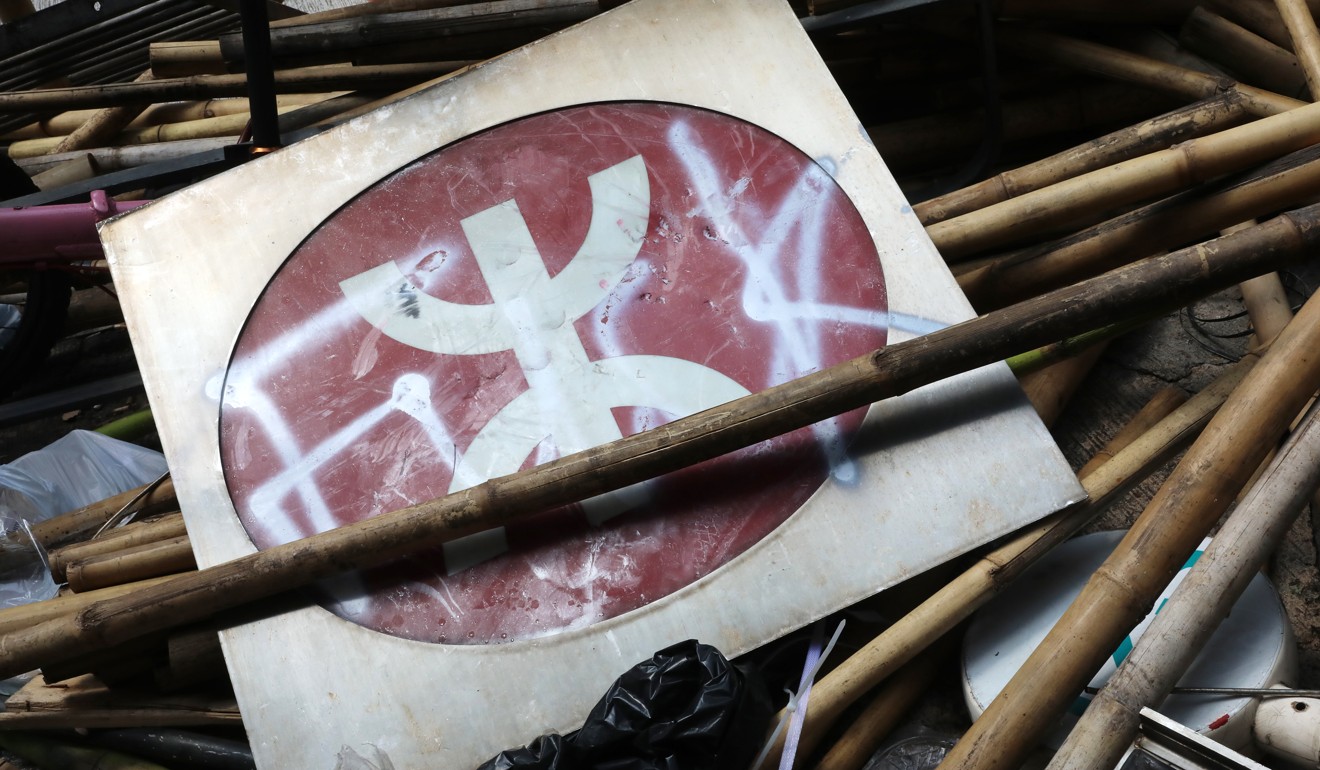
Hong Kong’s rail operator MTR Corporation continues to suffer from dip in passenger numbers
- Figure in December was 123 million, down 15.6 per cent from a year ago, rail link with mainland China being the hardest hit
- Commuter concern group spokesman forecasts pessimistic near-term economic outlook for MTR Corp with outbreak of Wuhan coronavirus
Hong Kong’s embattled rail operator continued to take a beating in its December passenger numbers but managed to rebound from a sharp fall in November, when radical anti-government protesters forced a number of stations to close.
According to latest figures from the MTR Corporation, December’s figure was 123 million, down 15.6 per cent from a year ago. However, the figures showed a rebound of 11.6 per cent from 110 million in November.
The high-speed rail link to mainland China recorded the biggest drop of 37.5 per cent in traveller numbers to 1.14 million from 1.83 million in December 2018, a record high since its debut in late September 2018.
The Airport Express was the second hardest hit last month, with passenger numbers plunging 34 per cent year on year to 1.07 million.
The downward trend was also evident on other cross-border rail services, passenger numbers for December falling 19 per cent to 8.3 million from a year ago.

Hong Kong has been embroiled in more than seven months of anti-government protests, triggered by the now-withdrawn extradition bill. The often violent protests have morphed into a wider movement focusing on calls for greater democracy and police accountability.
Protests have left the MTR Corporation beaten, bruised and bleeding
In August, the MTR Corp became a target of radical protesters, who accused it of bowing to Beijing and colluding with police. Radicals trashed rail stations and set facilities on fire, hurled petrol bombs at their entrances, spray-painted graffiti on walls, and hurled objects onto tracks.
On October 5, when the government implemented a law prohibiting people from wearing face masks at public assemblies, rampaging mobs forced a shutdown of the entire rail network for the first time in its 40-year history. For almost the entire October and November, the rail giant closed its stations early each day, to make for time to fix damaged facilities. But the move was criticised by some people as a “de facto curfew” imposed on the city to discourage protesters from joining public rallies.

In December, the rail operator revealed that the protests would cost it HK$1.6 billion (US$205 million) from a low revenue from train services, repairing the damaged facilities, extra expenses for strengthening security, and concessions given to tenants for low business.
MTR Corporation condemns ‘rioters’ for New Year’s Day arson attacks
As of late November, radicals caused extensive damage to 85 of 94 rail stations and 62 of 68 light rail stops. Some 54 trains and 16 light rail vehicles were also damaged.
Quentin Cheng Hin-kei, spokesman for the Public Transport Research Team, a commuter concern group, said he was pessimistic on the MTR’s near-term economic outlook.
“Now the MTR is facing a new challenge from the outbreak of the Wuhan coronavirus. The outbreak will further hit the MTR’s cross-border service and Hong Kong’s tourism,” he said.
“The MTR will continue to have a hard time since no one has any idea when the outbreak can be contained and when the social unrest will calm down,” he said.

